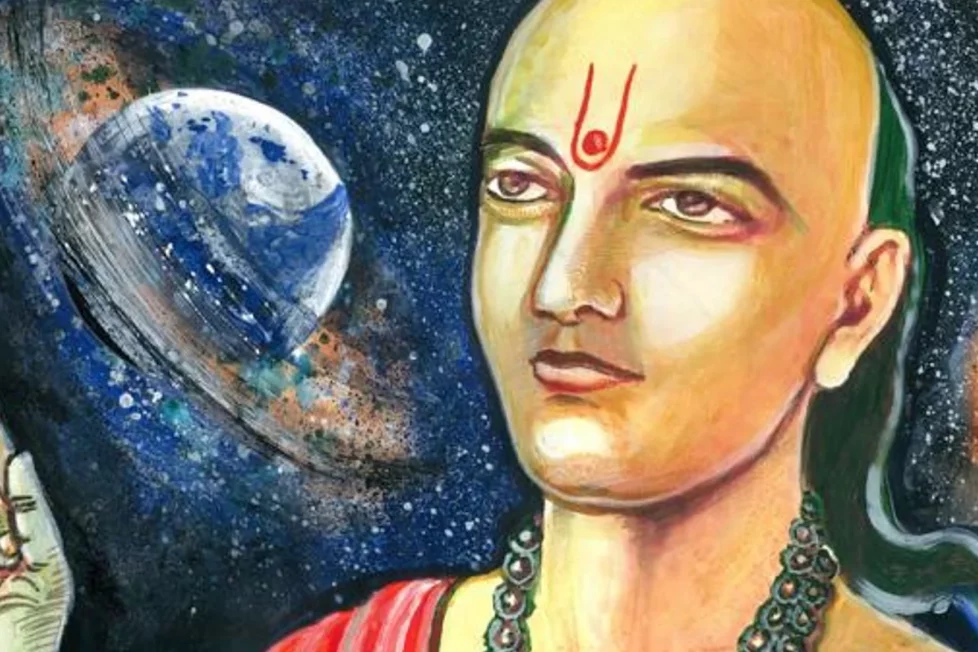Bhaskar’s Lilawati: a pioneer in mathematics


This area of mathematics called “ancient Indian mathematics” has its origins in India and dates back to the third century BCE. The place value system and the use of zero are two examples of how this branch of mathematics has contributed to the development of other mathematical ideas and methods. Moreover, geometry, trigonometry, and algebra all benefited from the efforts of ancient Indian mathematics.
Bhaskara, who lived in the 12th century, was one of the most well-known and significant ancient Indian mathematicians. Bhaskara is thought to have been a Brahmin priest who was born in a small town in western India. He was a prolific writer who is renowned for his writings on astrology, mathematics, and astronomy.
The book Lilavati by Bhaskara, which was composed in 1150 CE, is his best-known work. The book is still studied and loved today and is regarded as one of the finest contributions to ancient Indian mathematics.
The novel Lilavati
Bhaskara’s Lilavati is a discourse between Bhaskara and his daughter Lilavati that includes a number of mathematical issues and their solutions. The use of word puzzles to demonstrate mathematical ideas is one of Lilavati’s most intriguing characteristics.
This method helps the reader better understand the subject matter by making the mathematical concepts more accessible.
The usage of the decimal system by Bhaskara is another noteworthy feature of Lilavati. He was one of the first mathematicians to comprehend place value and to utilise decimal notation to represent numbers. In comparison to the prior numerical systems employed in ancient India, this allowed him to carry out complex computations much more quickly. Also, since they were no longer had to memorise the values of each numeral, people could execute mathematical calculations more easily as a result.
Trigonometry contributions made by Bhaskara
Trigonometry has benefited greatly from the work of Bhaskara. Many of the fundamental trigonometric formulas and functions that are still in use today were derived by him from Lilavati. He was also the first mathematician to compute the angles and distances in a triangle using the sine and cosine functions. This was a significant mathematical discovery that had a significant influence on the growth of trigonometry.
Bhaskara made numerous significant findings about the motions of the planets and stars in addition to his contributions to mathematics. He created techniques for forecasting eclipses and other astronomical occurrences using his mathematical abilities.
His contributions to astronomy have had a tremendous influence on its growth and are still studied and revered today.
Conclusion
Lilavati is still a well-liked math textbook today and has been translated into many languages. It is a popular resource for math students throughout the world, including in India. It is also a tribute to Bhaskara’s legacy as one of the best mathematicians in ancient India, making the book an invaluable tool for learning about ancient Indian mathematics.
In conclusion, the history of mathematics is marked by the importance of Ancient Indian Mathematics, particularly Bhaskara’s book Lilavati. These contributions reveal the range and depth of mathematical understanding in prehistoric India.
DISCLAIMER: The author is solely responsible for the views expressed in this article. The author carries the responsibility for citing and/or licensing of images utilized within the text.
